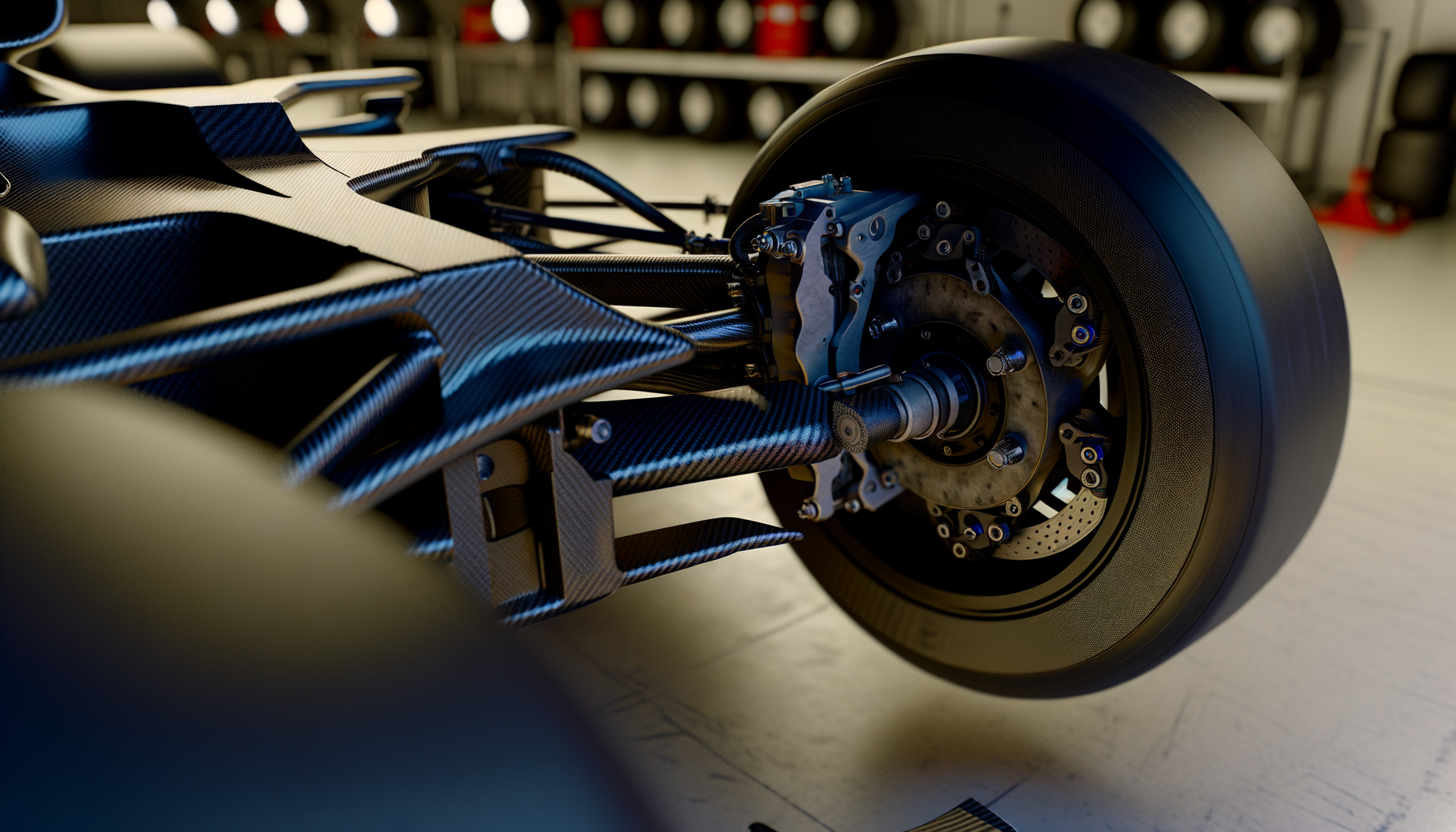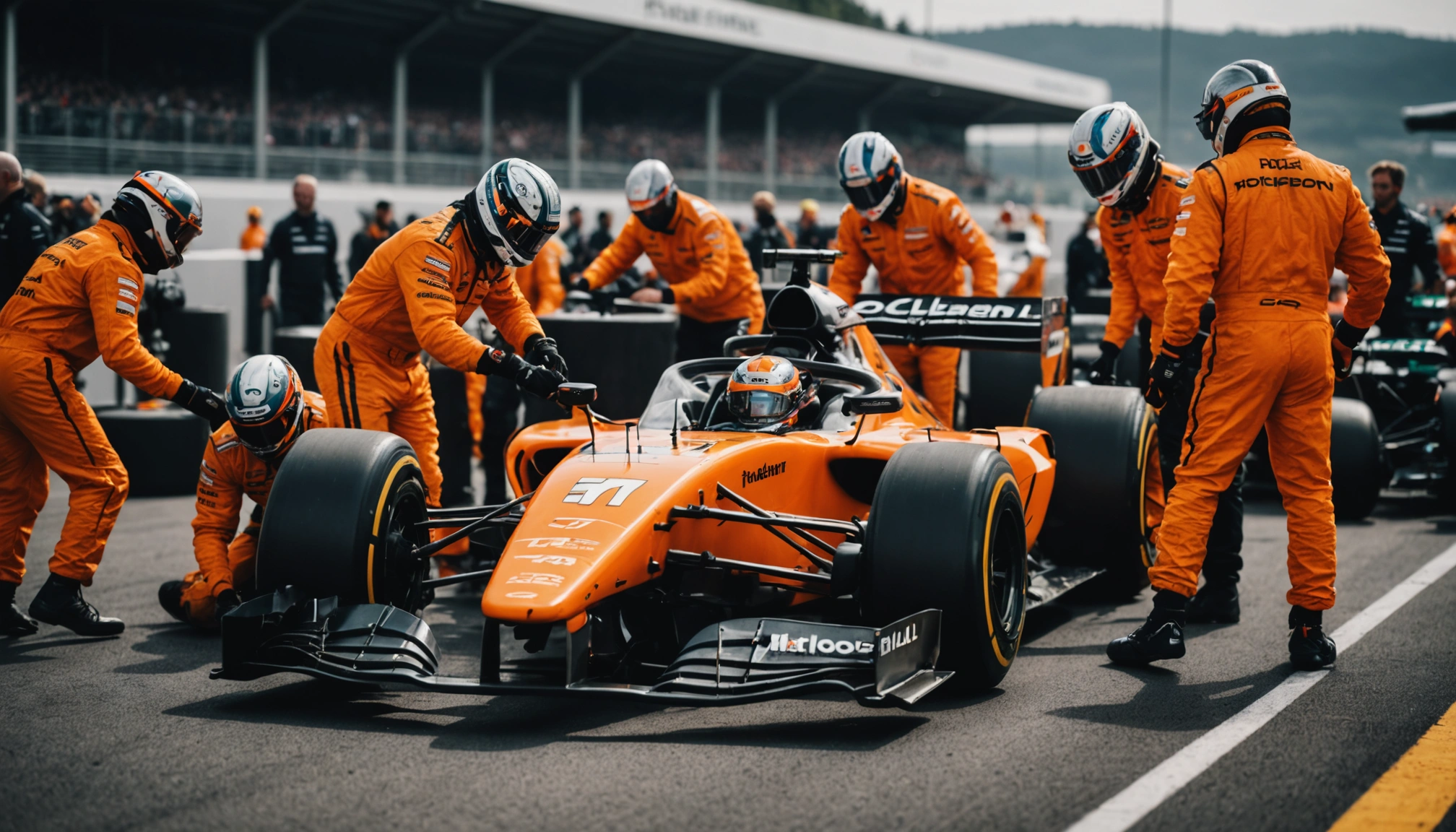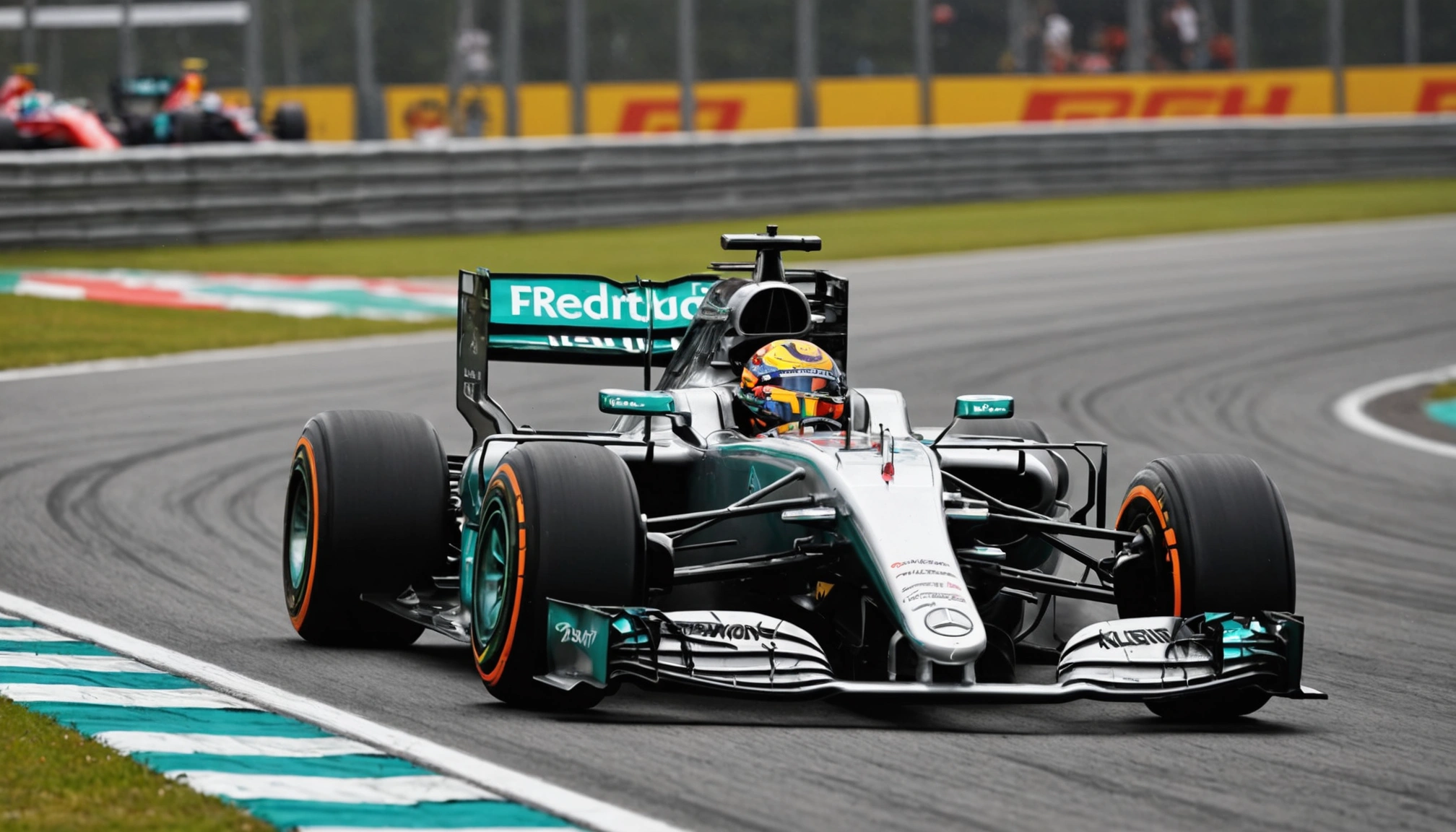Why 2026's regulations are changing the game for F1 brakes
Discover how the 2026 F1 regulations revolutionise brake technology, impacting performance and safety in Formula 1 racing.

By Editorial
Introduction To The 2026 F1 Brake Regulation Changes
Formula 1 is on the cusp of a major evolution with the 2026 technical regulations, and one of the most significant areas affected is brake technology. These new rules are set to change how teams approach braking systems, combining safety, performance, and sustainability. But what exactly are these changes, and why do they matter so much to the sport's future?
The Importance Of Brake Systems In Formula 1
Braking is a critical component in F1 performance. Drivers rely on precision braking to navigate corners at high speed, manage tyre wear, and execute overtakes. A more efficient braking system not only improves lap times but also enhances driver confidence and safety on the track. With cars reaching speeds over 220 mph, modern brakes must be both incredibly powerful and reliable.
Current Brake Technology In F1
Today’s F1 cars use carbon-carbon disc brakes that operate at extreme temperatures, often exceeding 1,000°C during a race. These brakes are lightweight yet capable of dissipating vast amounts of heat quickly. However, the existing technology is complex and costly, requiring significant resources for development and maintenance.
What The 2026 Regulations Mean For Brake Design
The 2026 regulations introduce new limits on brake materials, size, and cooling systems. The goal is to reduce costs and improve sustainability without compromising performance. Teams will have to innovate within tighter constraints, pushing the boundaries of engineering creativity.
Material Restrictions And Sustainability Focus
The new rules aim to phase out some exotic materials currently used in brake construction in favour of more sustainable options. For instance, the use of rare or environmentally harmful compounds will be restricted, encouraging the adoption of greener alternatives. This aligns with Formula 1’s broader commitment to become net zero carbon by 2030.
Cooling System Redesigns
Cooling will be another key focus. The 2026 regulations limit the size and shape of brake ducts, which are crucial for managing heat. Teams must develop more efficient cooling methods, such as optimised airflow around the brakes or innovative heat-resistant materials, to maintain optimal operating temperatures.
Performance Implications Of The New Brake Rules
How will these changes affect race performance? Initial testing shows teams may face challenges maintaining brake temperatures and consistency under the new rules. This could lead to increased brake wear and potential failures if not carefully managed. However, it also opens opportunities for technical breakthroughs that could redefine braking performance.
Impact On Driver Strategy
Drivers will need to adapt their braking techniques to account for the new systems. For example, they might have to brake earlier or modulate pressure differently to preserve brake integrity. This adds a new layer of strategy to races, much like fuel management or tyre conservation.
Case Study: Team Innovations Ahead Of 2026
Leading teams like Mercedes and Red Bull have already begun experimenting with alternative materials and cooling designs in simulation and wind tunnel tests. Mercedes, for instance, is exploring composite materials that offer similar performance to carbon brakes but with a lower environmental footprint. These developments will be crucial to gaining a competitive edge under the new regulations.
Broader Effects On Formula 1 And Motorsport
The brake regulation changes are part of a larger shift in Formula 1 towards sustainability and cost control. By standardising and limiting expensive brake components, the sport hopes to level the playing field and reduce the financial burden on smaller teams.
These changes also mirror trends in other motorsports and automotive industries focusing on greener technologies. Fans interested in how sports evolve can draw parallels with innovations in electric racing series or hybrid road cars.
Linking To Other Sports Innovations
For readers fascinated by sports innovation, similar transformative moments are happening elsewhere. For example, in cricket, Australia's dominance in women's cricket is reshaping the sport’s dynamics and inspiring new strategies. Likewise, in cycling, Geraint Thomas’s farewell marked the end of an era and highlighted the sport’s evolving nature.
Conclusion: What To Expect As 2026 Approaches
As 2026 draws near, teams will continue refining brake technology within these new rules, balancing sustainability with peak performance. Fans can expect more technical drama and strategic depth centred on braking systems — a vital yet often overlooked part of Formula 1 racing.
Understanding these changes enhances appreciation for the sport’s complexity and the constant push for innovation. For more on the evolving world of sports technology and athlete stories, explore our latest articles including Chris Froome’s recovery journey and key insights from the September 2025 football transfer window.
Related topics
Editorial
Sports expert at SportsScoop
Specialist in sports analysis and journalism
Related articles
Want to read more?
Explore our comprehensive collection of sports articles and analysis, or contact us for more information.



